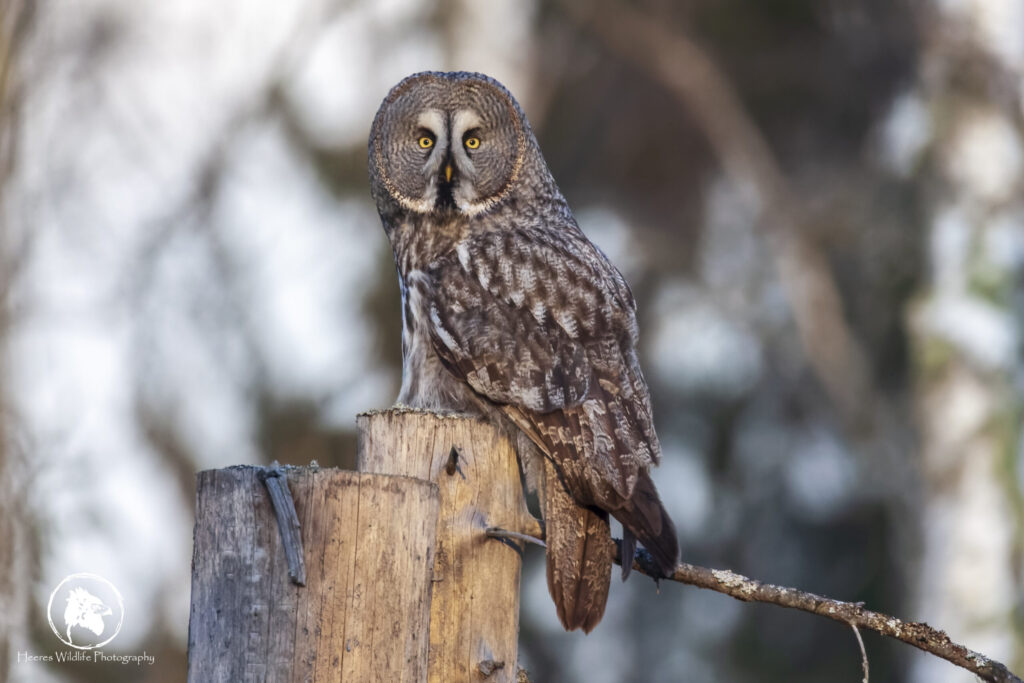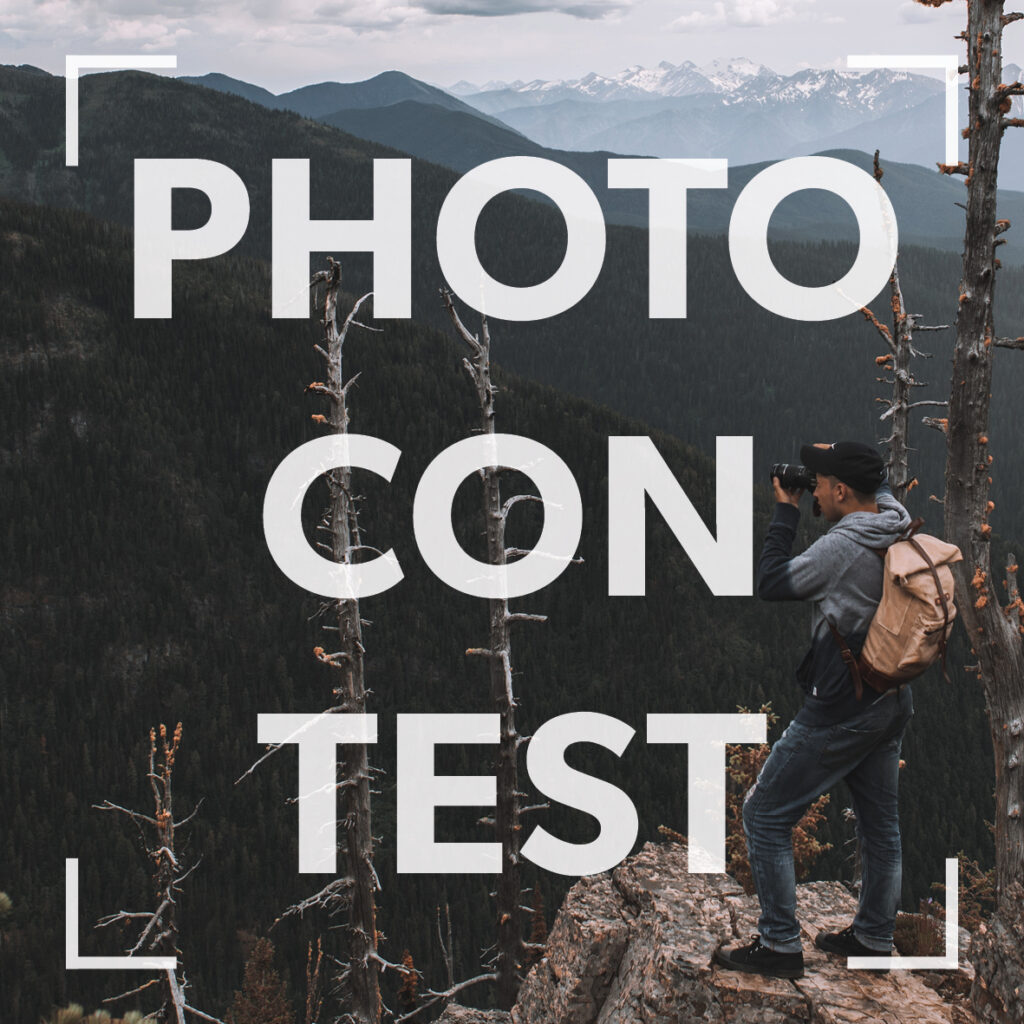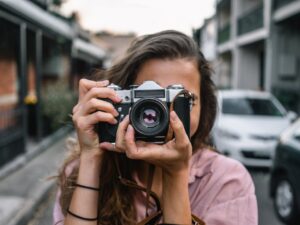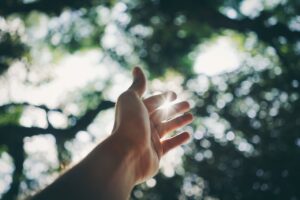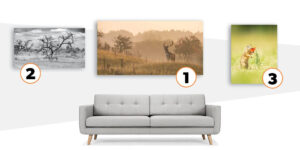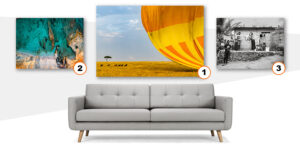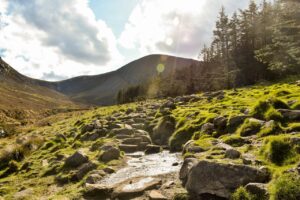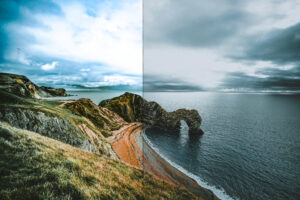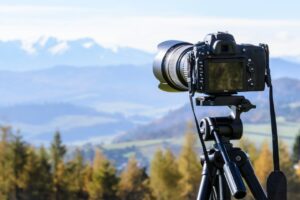Ron and Rick are father and son passionate about nature and the outdoors. They enjoy wildlife the most and prefer to capture it with their camera.
After Ron’s experience in South Africa in 2008, with a compact camera, he was hooked to photography. A year later he bought a DSLR with a zoom lens. After a few years, when Rick also had his own photographic equipment, they actively started to photograph. They now see their camera as an extension of themselves and take it everywhere with them.
Who doesn’t love it? Being outside, enjoying the beautiful nature and animals. Whether you are at the sea or somewhere in the vast forests of Sweden. Nature has so much beauty to offer. By spending a lot of time in nature you get to know it better and can turn this to your advantage as a photographer. This way, you can be better prepared when you go out and return more often with the photo you had in mind beforehand. Rick studied ecology, therefore he has a lot of knowledge of nature and can apply this well in his wildlife photography. Because of his knowledge of animals, he knows what to look out for in nature and can better predict animal behaviour. This creates better opportunities for him as a photographer to take the perfect picture. This also increases his chances of photographing unique species of animals.

While photographing in nature, Ron and Rick are always careful. After all, nature is not a zoo and you are dealing with wild animals. Good preparation before entering a certain area is therefore very important. There are also limits to what a photographer can do in nature. Preventing damage to flora and fauna is then extremely important to them. They always try to avoid disturbance in nature as much as possible. As a photographer in nature, you have to adapt to the circumstances, you don’t have complete control over the circumstances but good preparation helps a lot!
”For spotting and capturing wildlife, in many cases, you can use shelters or camouflage clothing. This way, you can make sure animals come to you more. There is a wide range of photography hideouts, in all kinds of different environments. The choice of hideout determines to some extent which species present themselves.”

Yet you don’t always have to go far into nature to take great animal photos. Even in your backyard, you can take great pictures of birds, squirrels or hedgehogs. When you do go out with your camera to capture animals, keep the seasons in mind. For instance, you will know when the bird migration season is and thus have a better chance of capturing beautiful birds. Again, preparation is half the battle.
“We are big fans of the Scandinavian countries. Rick lived in Sweden for four years and now lives in Norway. We have also visited beautiful locations in countries like Wales, Scotland and the Shetland Islands many times. Here you will find not only different animal species but also different weather conditions. Snow photos quickly give a special feeling.”

Photographing, say, a bird in focus is difficult enough. Yet it is the background, especially if it dominates the photo, that determines what mood, atmosphere or feeling you get from a photo. Therefore, a nice background can quickly make the difference between a good photo and a spectacular one. A great example is during autumn in the forest. If you see a great bird and it’s among the bare branches, you can certainly get a nice and sharp photo. But if you wait a moment, he may be flying among the brightly coloured leaves and you get an extra dimension in your photo and it becomes even more beautiful. The colours in the background are again determined by the subject you are photographing, but also the colour of the light, the time of day and the white balance. Especially for photos of silhouettes, adjusting the white balance is a good tool to create a certain atmosphere.
This is where Ron and Rick judge the photos:
1. First of all, the photo must be technically sound. Is the photo sharp where, well-exposed and nicely cropped?
Tip: Also take photos when it is quiet. You can make good use of moments like these to check your settings and adjust them if necessary. That way, at the ‘moment suprême’, you are immediately ready to capture the moment well.
2. A good composition. Is there unity in the photo? Is your eye drawn to the most important part? Is there depth and layering in the photo?
Tip: Don’t make your photo too busy. A calm background can make your object stand out. So be aware of the environment you are photographing in.
3. Is the photo beautiful, interesting, or surprising? In our opinion, this is what turns an ordinary photo into a special and original one.
Tip: We always find the behaviour captured very important for our own photos. This gives the photo a story, which is very necessary for the viewer’s empathy.

